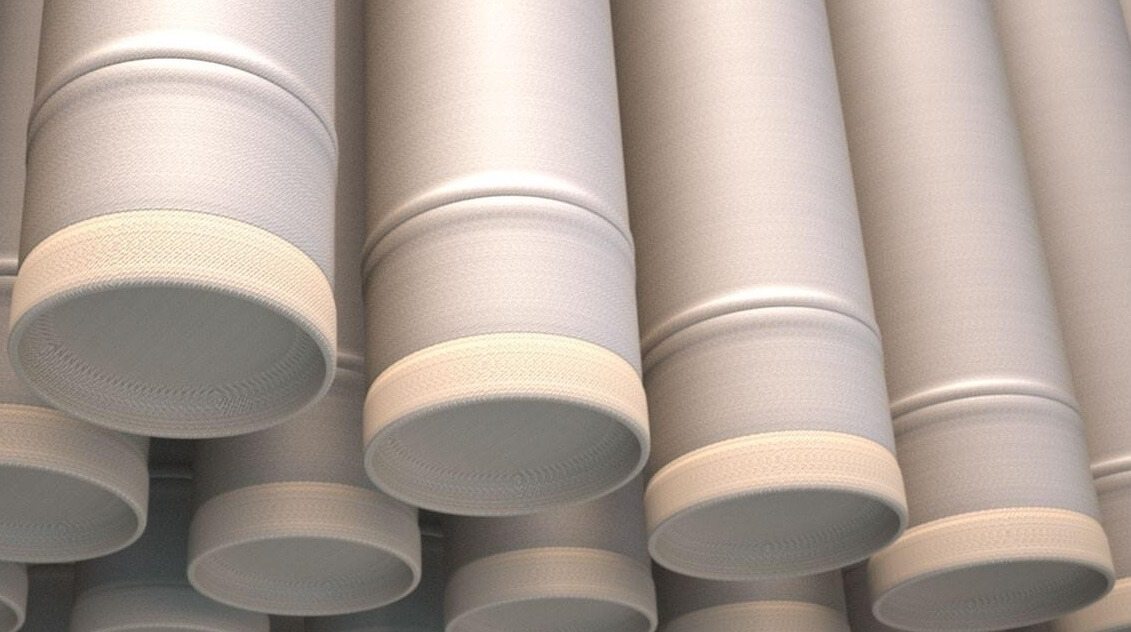In exploring baghouse filter advantages and disadvantages, we posted six reasons why baghouse filter bags fail and lead to losses and disruptions in business activities.
Our post today explores other causes of baghouse filter failure that may seem negligible and could quickly go unnoticed. Yet, they could also lead to massive losses and disruptions in industrial and manufacturing activities.
Other Causes of Filter Bag Failure


Besides abrasion, a poor fit, overcleaning, chemical reactions, overheating, and the presence of moisture, the following issues may also cause a baghouse filter to fail.
Using the Wrong Filter Media
You can install woven, nonwoven, felted, pleated, polyester, nylon, fibreglass, Teflon, or PTFE Tetratex filter media.
The baghouse filter media you choose will depend on the size and type of particulate matter to be filtered, temperature levels, cost, efficiency, and chemical resilience.
Choosing the wrong filter media means that the baghouse is already doomed to fail at filtering particulate matter from the airstream. You will also reduce the filter’s life expectancy significantly.
For example, if you use a polyester filter in a facility that produces damp heat, it won’t be practical or will last long because the heat and dampness will soon destroy it.
If the facility produces contaminants like chlorides, cyanides, bromides, or hydrofluoric acid, you shouldn’t install a fibreglass filter.
Damaged Baghouse Cages
Since the filter bag is held in position by the baghouse cage, the latter needs to be in good shape. The bag forms around the cage, meaning that a bend or other malformation in the cage will misalign the bag.
Before installing the bag, you’ll want to check that the cage is not bent, corroded, warped, broken, or damaged.
Broken cages and other equipment will easily pierce the filter, while bends make the sides of the baghouse collide during pulsing, which creates weaknesses in the filter at localized spots.
Rust on the cages causes abrasion, and holes and tears will appear on the bag, causing issues with the baghouse filter cleaning and filtration.
Poor Workmanship in Filter Bag Construction
One major disadvantage of using filter bags is that you may buy a poor-quality baghouse filter, either knowingly or unknowingly.
Because of the increased demand for industrial baghouse filters, some baghouse filter bag suppliers may resort to unethical practices when making their filter bags.
The need to produce cheaper filter bags makes some producers use felts or fabrics of inferior quality, meaning that their filters can only last for a short time in good shape and functionality.
Rogue baghouse filter bag suppliers also try to maintain minimum levels of basis weight to use less fibre in constructing their filters.
Using filter bags with lower basis weights is one issue that leads to bag blinding.


Contrary to popular belief, a baghouse filter won’t have problems with increasing pressure drops. Bag blinding causes pressure drops to rise rapidly, making it necessary to pulse or clean the filter more frequently.
After too many cleanings, the filter becomes less and less efficient at filtering particulate matter. Compressed air is also used during cleaning, leading to increased baghouse filter air pollution control costs.
The best way to avoid this baghouse filter disadvantage is to ensure that you source filters from reputable industrial air filter experts.
You can enhance the filter’s efficiency to prevent dust and other small particles from penetrating the felt and causing blockages.
Filters made with fine fibres rather than coarse ones increase the fibre surface and decrease the pore size.
When the felt weight is constant, multi-lobal and tri-lobal fibres help increase the fibre’s surface and the low-velocity sections between the lobes.
Dust can collect in these low-velocity sections without causing an increment in the pressure drop, which helps reduce instances of bag blinding.
Increasing the felt weight and using denser needling also helps improve the quality of the filter, making it more functional as the pressure drop reduces and less particulate matter penetrates the felt.
Poor Filter Bag Installation
Poor installation shouldn’t be confused with installing a poor-fitting bag.
Poor-fitting happens when you install the incorrect baghouse filter size. You’ll want to ensure that the filter you install isn’t smaller than the baghouse itself. Otherwise, clogging will occur, and the filter will fail prematurely.
Mishandling filter bags during installation can cause premature failure. For example, if you step on them, you may damage the seal or poke tiny holes into the bag if there are sharp objects beneath it.
When the airstream passes through the filter, particulate matter will pass through the damaged seal or the tiny holes in the air.
Sometimes, you may install the blow pipes the wrong way and cause damage to the filter bag since the pulse holes won’t align correctly with the pulse from the lines.
Other common poor installation issues include seating the snap band poorly in a top load pulse jet filter bag.
You could also place the clamp improperly, fail to tighten it well (too little or too much tightening), or fail to fold the bag properly over the top in a bottom load baghouse.
Closing Thoughts
The losses and disruptions from filter bag failure can devastate a facility and threaten its survival and success.
Preventing these failures makes all the difference, allowing you to enjoy baghouse filter advantages while keeping the disadvantages at bay.
Whether you are an installer working for a client or hiring an installer, you must always ensure you buy a high-quality filter bag from reputable experts and install it the right way for the correct application.
If your baghouse filters have failed before and you have no idea why let us assess your filtration needs for reliable insights into how best you can avoid baghouse filter disadvantages in the future.
References:

